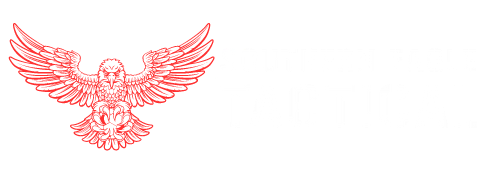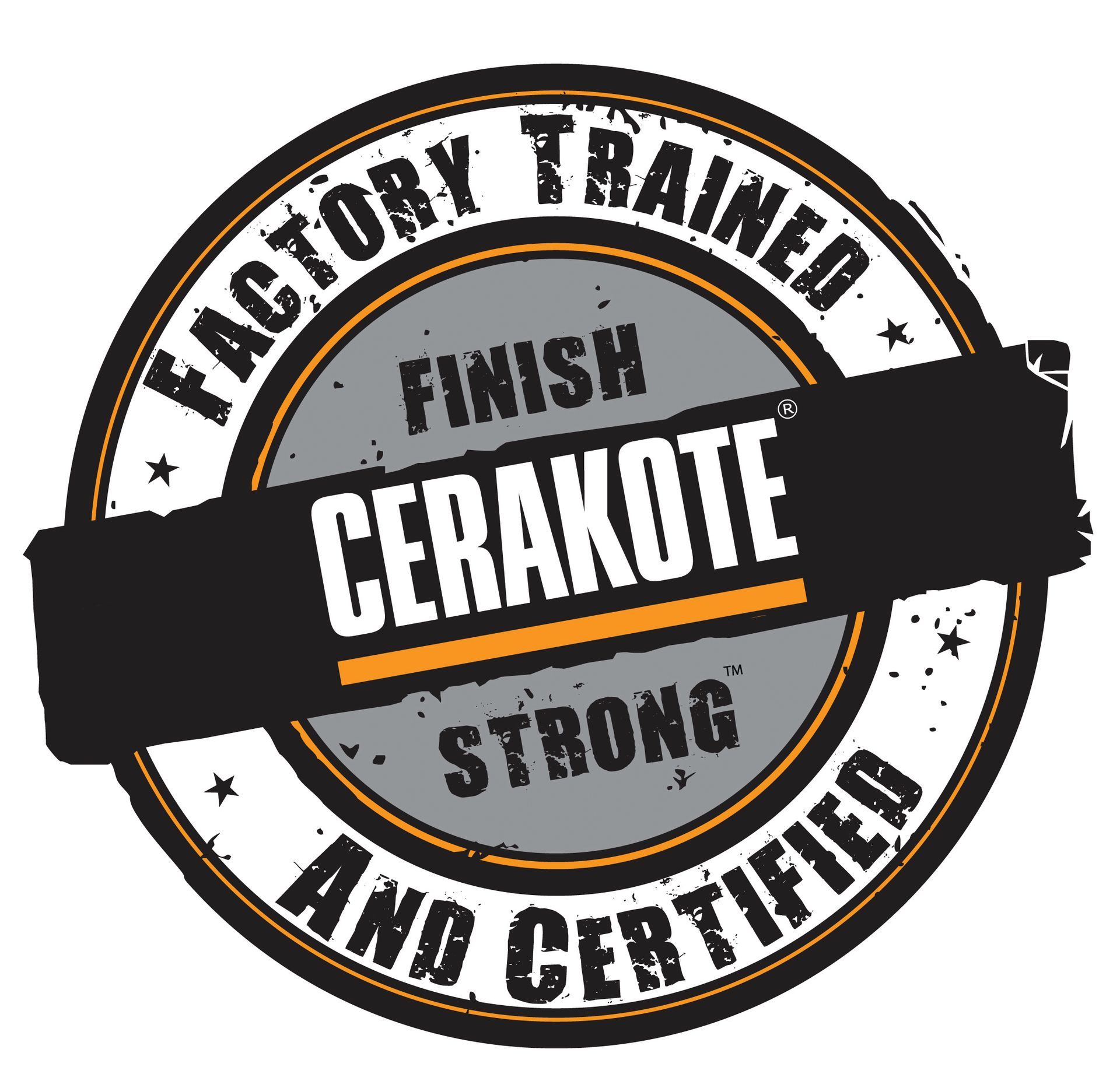CNC Machining
CNC Machining
Precision Manufacturing at Its Finest
CNC machining, which stands for Computer Numerical Control machining, is a highly precise and versatile manufacturing process used to create parts and components from various materials. It relies on computer-controlled machinery and specialized software to execute precise machining operations, making it a fundamental technology in modern manufacturing across a wide range of industries.
Key Elements of CNC Machining:
- Computer Control: CNC machining is driven by computer software that converts digital design files (typically in CAD/CAM formats) into precise instructions for the machining equipment. This computer control allows for exceptional accuracy and repeatability.
- Numerical Control: CNC machines are programmed using numerical codes, such as G-codes and M-codes, which specify the toolpaths, tool changes, feed rates, and other machining parameters. These codes are interpreted by the CNC controller to guide the machine's movements.
- Variety of Machines: CNC machining encompasses various types of machines, including milling machines, lathes, routers, and multi-axis machining centers. Each machine type is specialized for particular tasks, such as cutting, drilling, turning, or additive manufacturing (3D printing).
- Materials: CNC machining can work with a wide range of materials, including metals (e.g., aluminum, steel, titanium), plastics, composites, wood, ceramics, and more. The choice of material depends on the specific application and required properties.
- Precision and Accuracy: CNC machines are capable of extremely precise and accurate machining operations, often with tolerances measured in micrometers or thousandths of an inch. This precision is vital for industries like aerospace, automotive, and medical, where tight tolerances are essential.
- Automation: CNC machining is highly automated. Once the machine is set up and programmed, it can run continuously, producing parts with consistent quality. This automation reduces labor costs and increases production efficiency.
- Complex Geometries: CNC machining can create complex and intricate part geometries that would be challenging or impossible to achieve using manual methods. This flexibility is crucial for designing innovative products.
- Prototyping and Production: CNC machining is used for both prototyping and large-scale production. It is cost-effective for producing small batches of parts as well as high-volume production runs.
- Tooling Versatility: CNC machines can accommodate a wide variety of cutting tools, such as end mills, drills, and inserts, making them adaptable to different machining processes.
- Quality Control: CNC machining often integrates quality control measures, including in-process inspections and measurements to ensure that parts meet specified tolerances and quality standards.
- Customization: CNC machining allows for easy customization and quick design changes. This flexibility is particularly valuable in industries with rapidly changing product requirements.
In summary, CNC machining is a sophisticated manufacturing process that leverages computer control to produce highly accurate and intricate parts from a variety of materials. Its ability to automate processes, maintain precision, and accommodate customization makes it an essential technology in industries ranging from aerospace and automotive to electronics and medical device manufacturing. CNC machining plays a vital role in the modern world of precision manufacturing.
Precision Manufacturing at Its Finest
CNC machining, which stands for Computer Numerical Control machining, is a highly precise and versatile manufacturing process used to create parts and components from various materials. It relies on computer-controlled machinery and specialized software to execute precise machining operations, making it a fundamental technology in modern manufacturing across a wide range of industries.
Key Elements of CNC Machining:
- Computer Control: CNC machining is driven by computer software that converts digital design files (typically in CAD/CAM formats) into precise instructions for the machining equipment. This computer control allows for exceptional accuracy and repeatability.
- Numerical Control: CNC machines are programmed using numerical codes, such as G-codes and M-codes, which specify the toolpaths, tool changes, feed rates, and other machining parameters. These codes are interpreted by the CNC controller to guide the machine's movements.
- Variety of Machines: CNC machining encompasses various types of machines, including milling machines, lathes, routers, and multi-axis machining centers. Each machine type is specialized for particular tasks, such as cutting, drilling, turning, or additive manufacturing (3D printing).
- Materials: CNC machining can work with a wide range of materials, including metals (e.g., aluminum, steel, titanium), plastics, composites, wood, ceramics, and more. The choice of material depends on the specific application and required properties.
- Precision and Accuracy: CNC machines are capable of extremely precise and accurate machining operations, often with tolerances measured in micrometers or thousandths of an inch. This precision is vital for industries like aerospace, automotive, and medical, where tight tolerances are essential.
- Automation: CNC machining is highly automated. Once the machine is set up and programmed, it can run continuously, producing parts with consistent quality. This automation reduces labor costs and increases production efficiency.
- Complex Geometries: CNC machining can create complex and intricate part geometries that would be challenging or impossible to achieve using manual methods. This flexibility is crucial for designing innovative products.
- Prototyping and Production: CNC machining is used for both prototyping and large-scale production. It is cost-effective for producing small batches of parts as well as high-volume production runs.
- Tooling Versatility: CNC machines can accommodate a wide variety of cutting tools, such as end mills, drills, and inserts, making them adaptable to different machining processes.
- Quality Control: CNC machining often integrates quality control measures, including in-process inspections and measurements to ensure that parts meet specified tolerances and quality standards.
- Customization: CNC machining allows for easy customization and quick design changes. This flexibility is particularly valuable in industries with rapidly changing product requirements.
In summary, CNC machining is a sophisticated manufacturing process that leverages computer control to produce highly accurate and intricate parts from a variety of materials. Its ability to automate processes, maintain precision, and accommodate customization makes it an essential technology in industries ranging from aerospace and automotive to electronics and medical device manufacturing. CNC machining plays a vital role in the modern world of precision manufacturing.
Call:
Email:
Address:
Newsletter Sign Up
Contact Us
Thank you for subscribing!
You will receive our latest product promotions & Sale notifications in your email.
Please try again later.
All Rights Reserved | Southern Eagle Tactical

